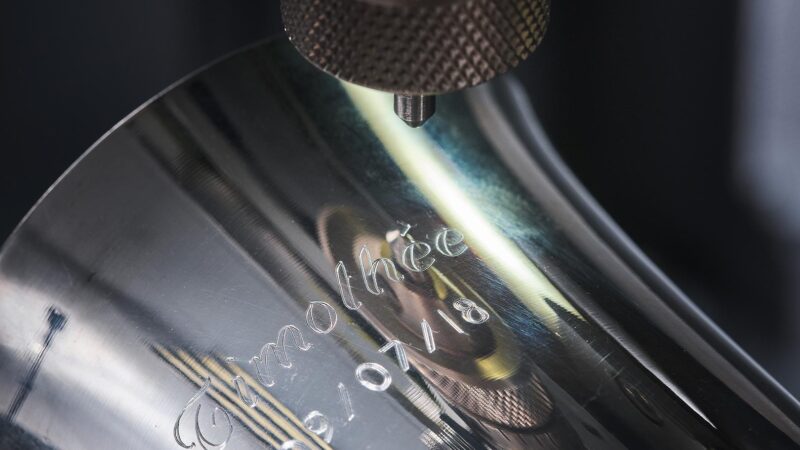Machine Vision: How You Can apply it in Business

Today, machine vision is making an important contribution to the industrial manufacturing sector, especially in the inspection of QR procedures. Although machine vision systems were in use since the 1950s, it was in the 1990s when things started expanding pretty fast. Now, it has become an integral component in most manufacturing facilities.
How Does Machine Vision Work?
Machine vision works through a combination of hardware and advanced software. Here are the main components that you needed to make machine vision possible:
- Frame grabber.
- Sensors.
- Cameras.
- Good lighting.
- Software that can help analyze images.
- Algorithms for identifying patterns.
- Output such as industrial computer screens.
The process starts when a sensor notes the presence of a product and triggers a light to illuminate the area. Then, the image is captured, and the frame-grabber digitizes it into a digital output. The digital image is analyzed by computer software and compared against pre-determined criteria to generate results, such as identifying defects.
Applying Machine Vision in Business
The main application of machine vision in manufacturing is quality control. However, you can also apply it in the following ways:
- Correcting production line defects: In addition to employing machine vision to identify defects in your products, you can also use it to note what is actually causing the problem under consideration. Then, take prompt corrective measures.
- Farming: If you have a farming venture, machine vision can be used for crop monitoring and disease detection. For example, you can use the machine vision to detect the location of grapes on the vine so that robotics harvesting machines can be used to harvest them.
- Inventory management: Machine vision has become very helpful in reading barcodes as well as labelling products and components. This is very important in inventory control, especially bin-picking in warehouses using robots.
- Product tracking and traceability: For manufacturers in the industries that are heavily regulated, such as pharmaceuticals, machine vision is used to trace product serial numbers, track ingredients, and monitor the expiry date.
- Industrial safety: Whether your venture is in the mining sector as highlighted here, or other manufacturing sectors, machine vision is a great way to improve operation safety. For example, it can be integrated with other sensors to make your automation system more robust.
As technology application in manufacturing gets more complicated, you cannot afford to be left behind. Make sure to invest in technologies, such as machine vision and other automation, for enhanced safety, quality control, and compliance.







